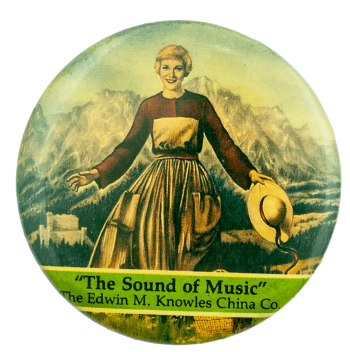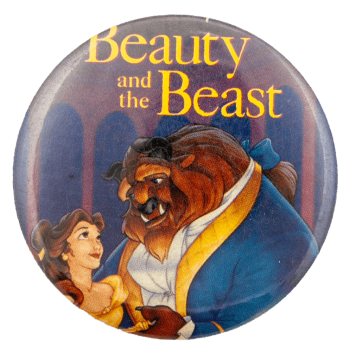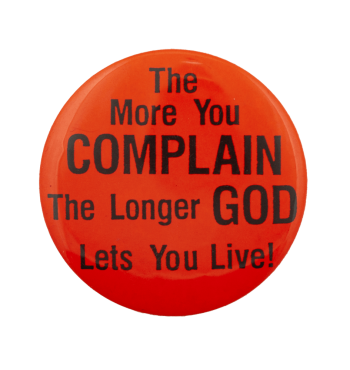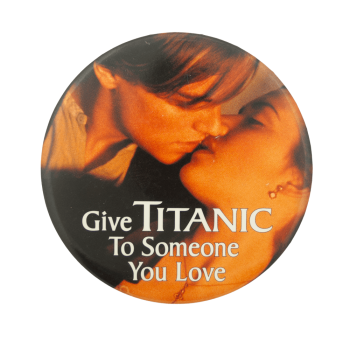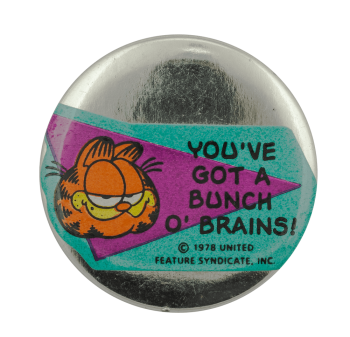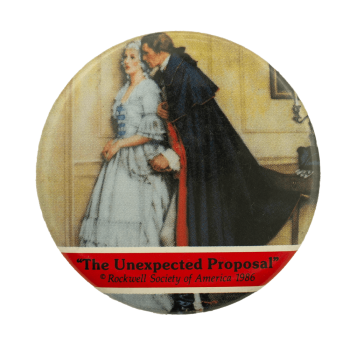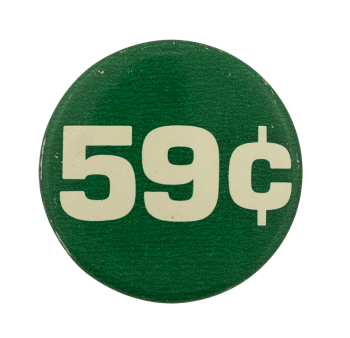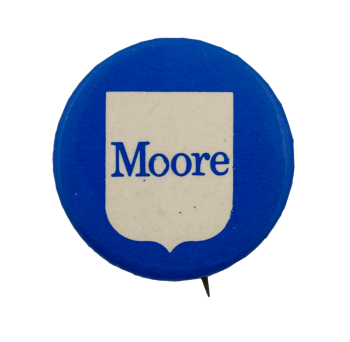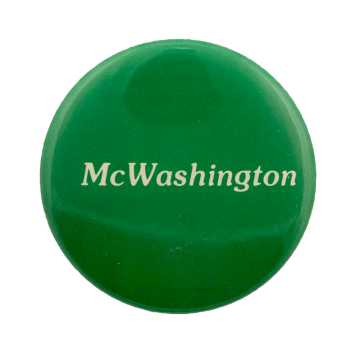The Sound of Music
| Category | |
|---|---|
| Additional Images | |
| Sub Categories | |
| Text on Button | "The Sound of Music" The Edwin M. Knowles China Co. |
| Image Description | Maria from The Sound of Music stands atop an alpine meadow. |
| Back Style | |
| The Shape | |
| The Size | |
| Year / Decade Made | |
| Additional Information | The Edwin M. Knowles China Company operated out of Virginia from 1900 until 1963, when it folded due to competition from cheaper imported pottery. While active, the company was known for producing high-quality dinnerware with intricate designs. The name rights were eventually purchased by another company, The Bradford Exchange (originally founded as the Bradford Gallery of Collectors Plates) in the 1980s, and several series of collectible plates for popular movies were created. Among them were The Sound of Music (of which this button is promotional material for), The Wizard of Oz, and Gone with the Wind. The art for The Sound of Music series was done by T. Crnkovich. |
| Sources |
Gonzalez, M. (n.d.). The Edwin M. Knowles China Co. Laurel Hollow Park. http://www.laurelhollowpark.net/emk/emk.html Knowles “The Sound of Music” decorative collector plates lot of eight. Lettieri Auction and Appraisals. (2022, September 7). https://www.lettieriauction.com/auction-lot/knowles-the-sound-of-music-decorative-collector_04643F8BE4 P., R. (2016, August 8). Know Your Knowles. Vintage Eve’s. https://vintageeves.wordpress.com/2016/08/08/know-your-knowles/ The Sound of Music. Replacements, Ltd. (n.d.). https://www.replacements.com/collectibles-edwin-knowles-the-sound-of-music/c/14575 Vintage Feature – Edwin M. Knowles China, a USA Company. Southern Vintage Table. (n.d.). https://southernvintagetable.com/tag/edwin-m-knowles-china-co/ Wikimedia Foundation. (2023, September 19). The Bradford Exchange. Wikipedia. https://en.wikipedia.org/wiki/The_Bradford_Exchange |
| Catalog ID | EN0659 |

